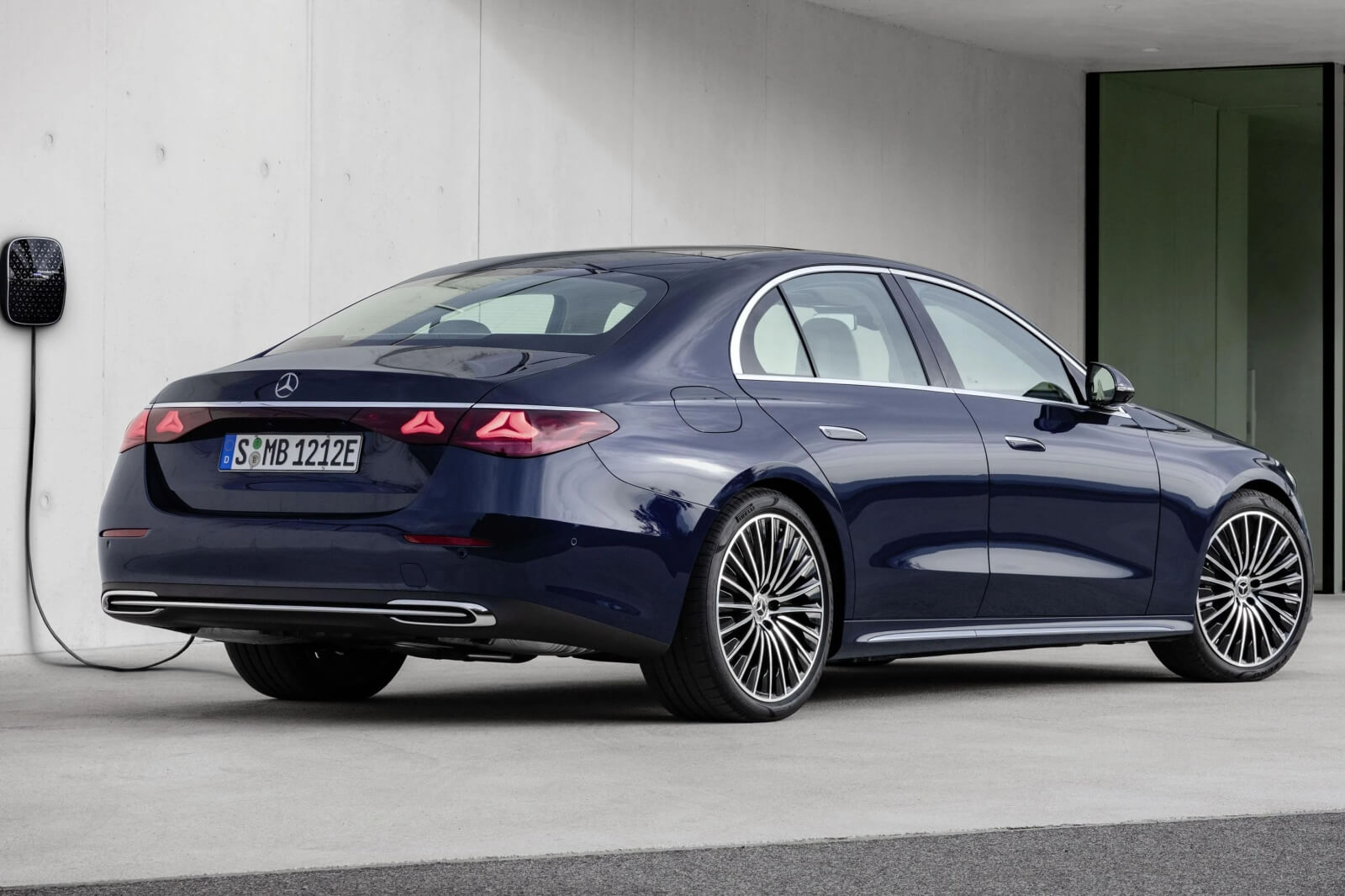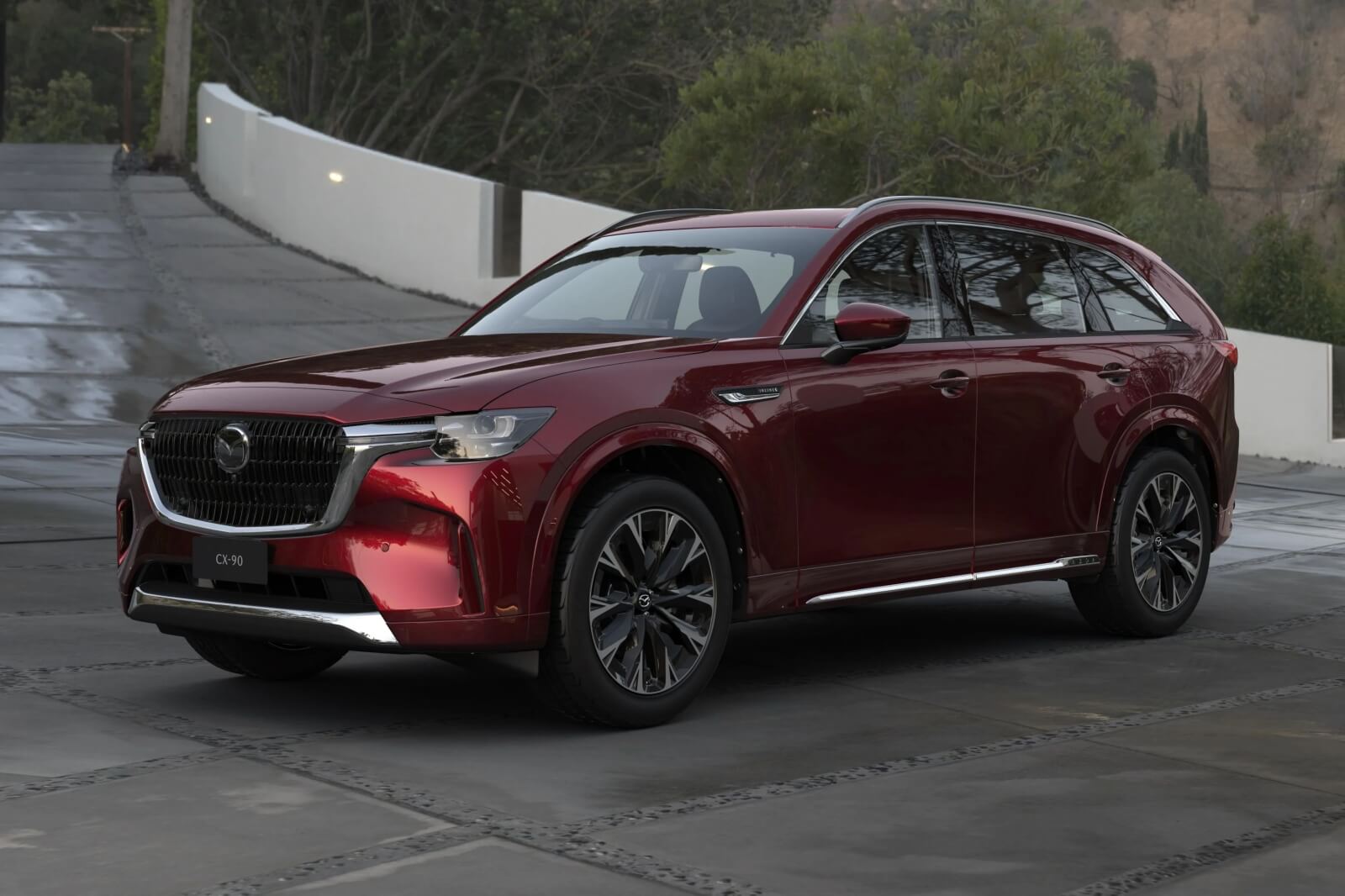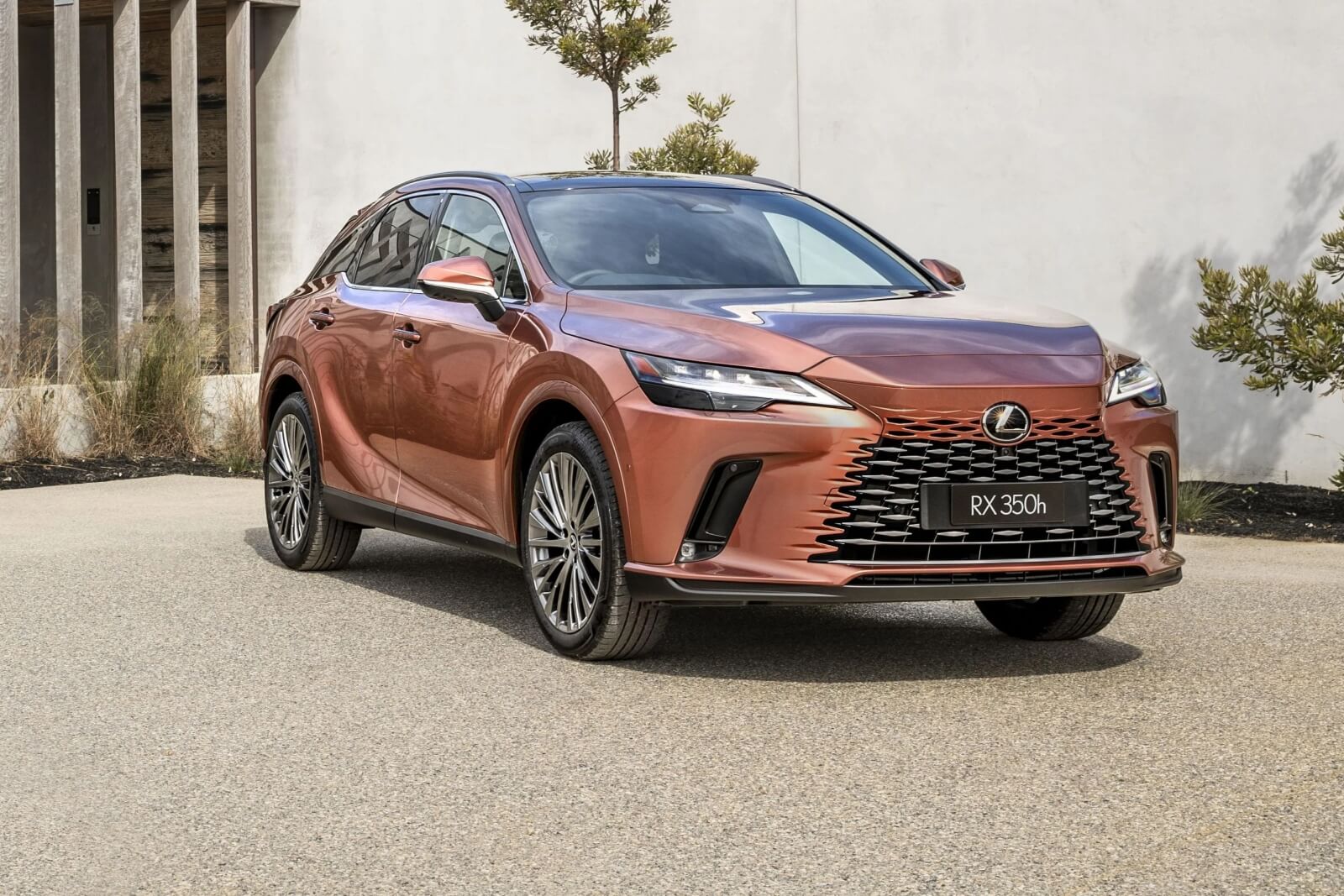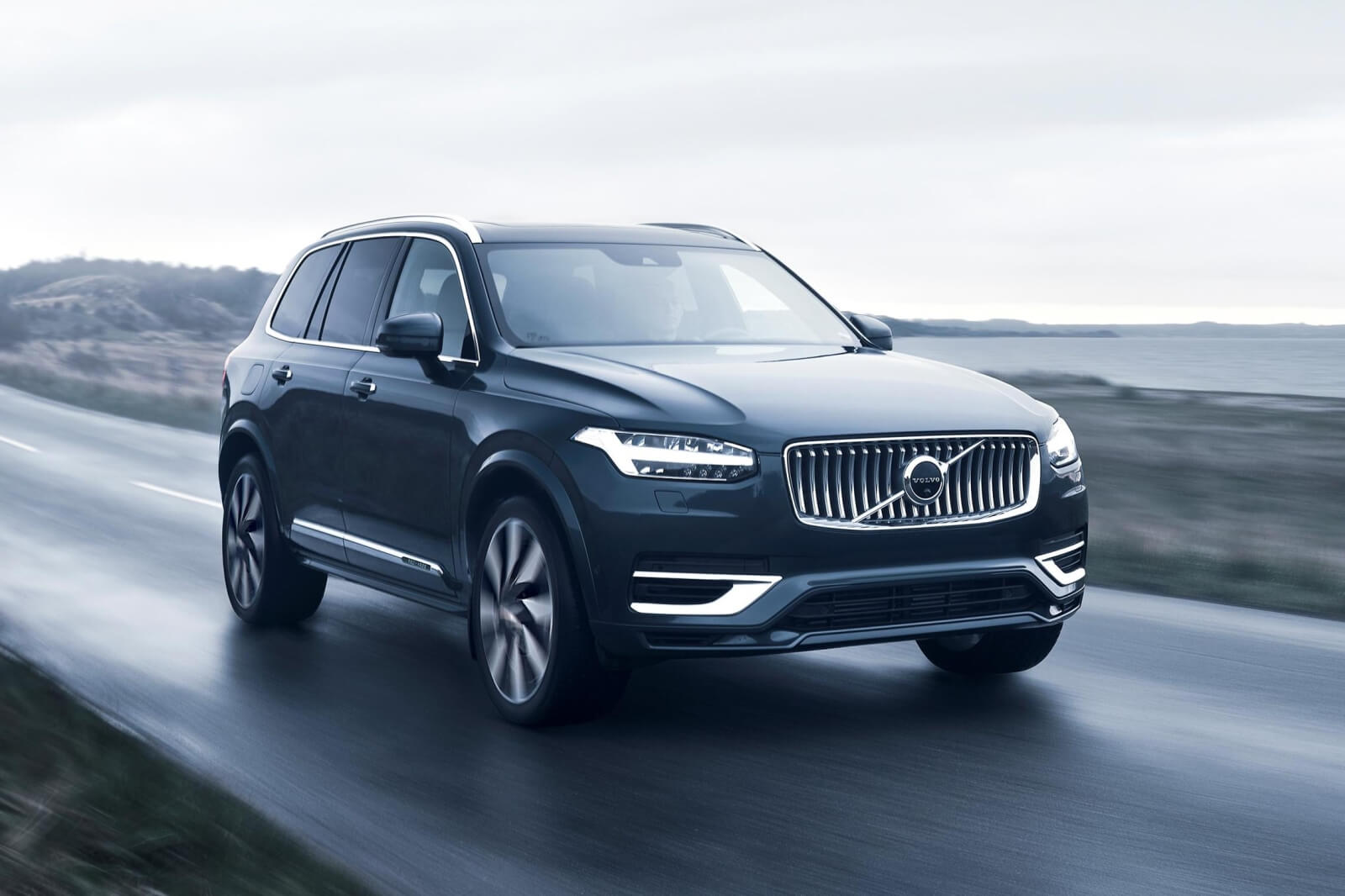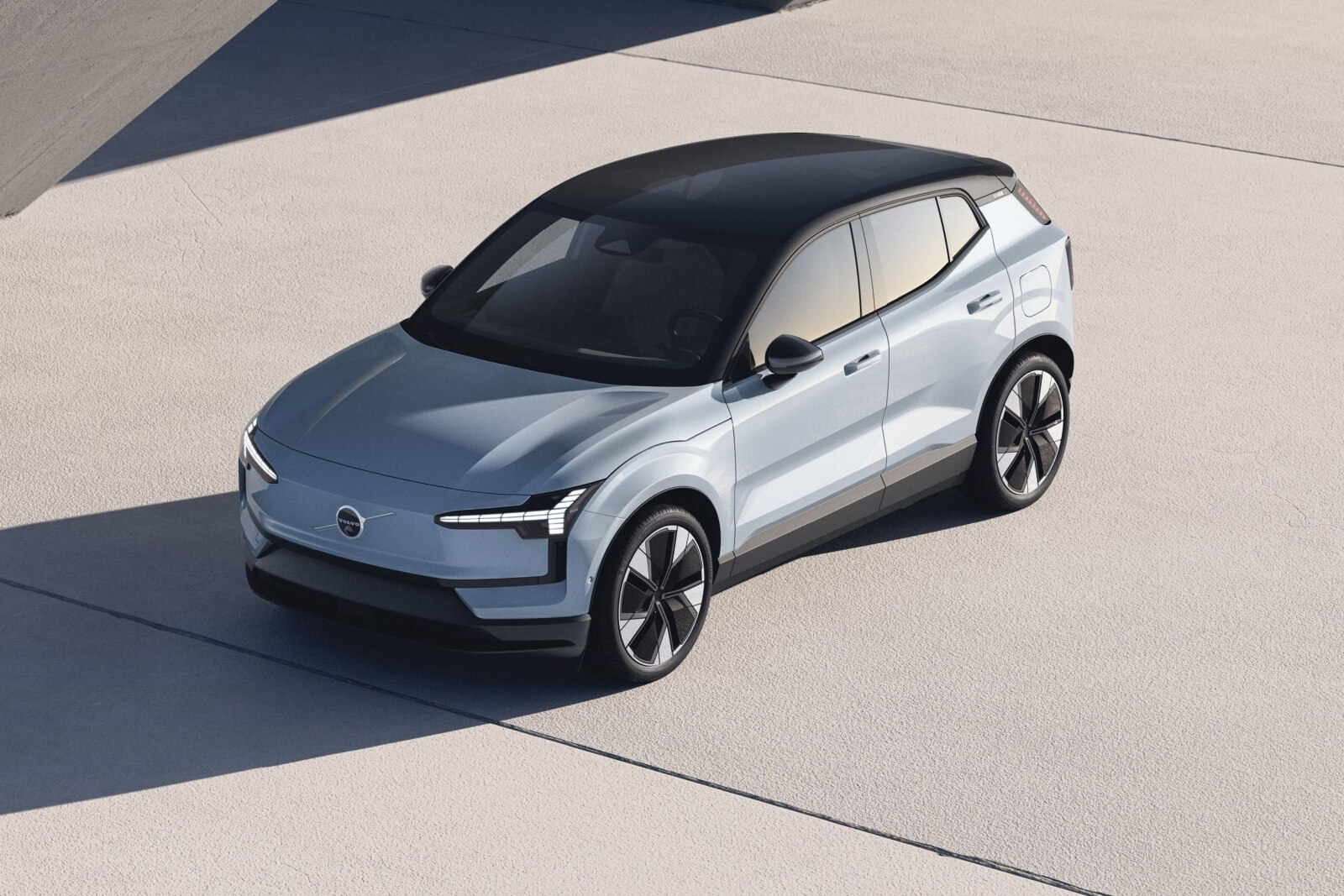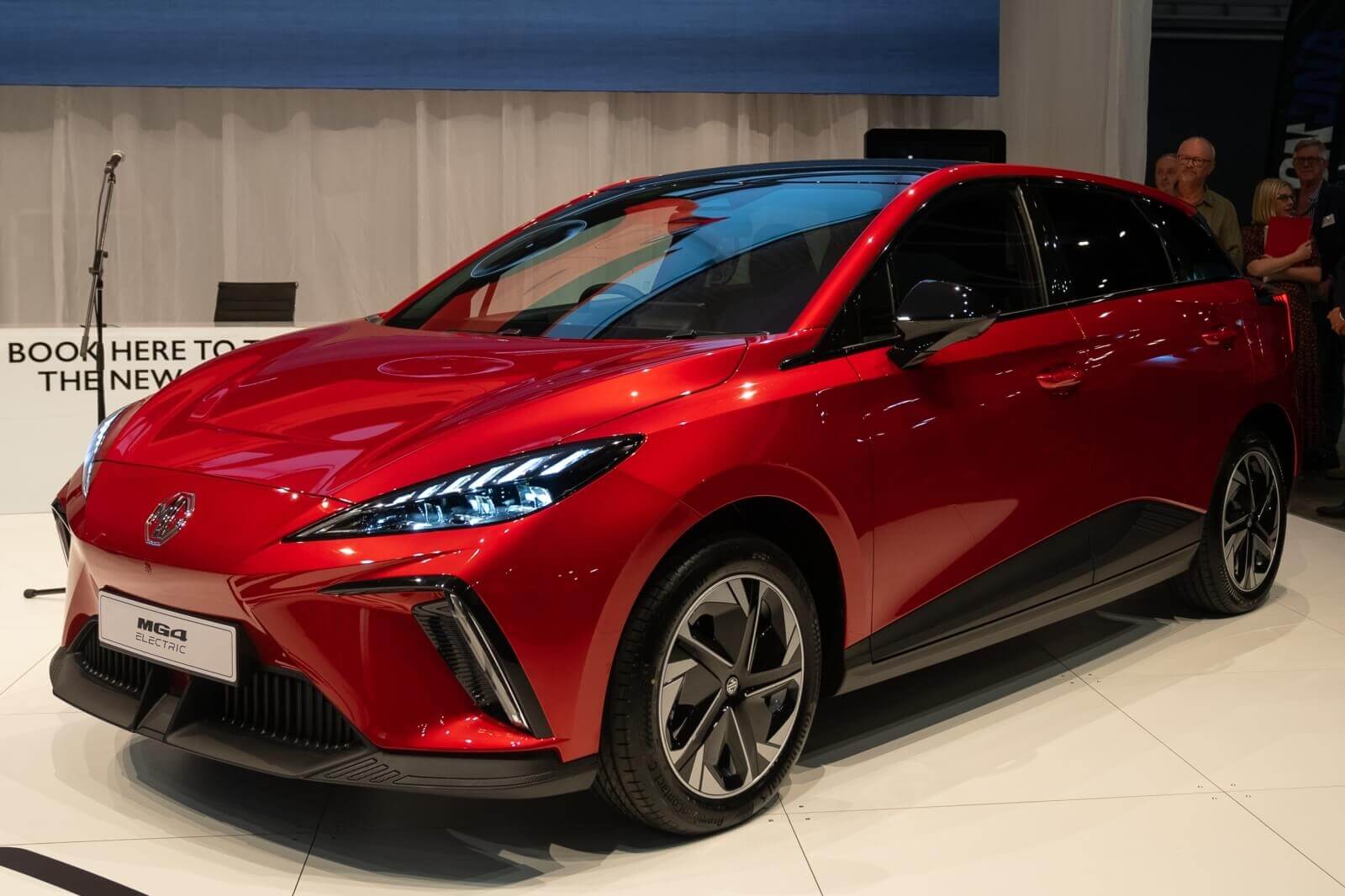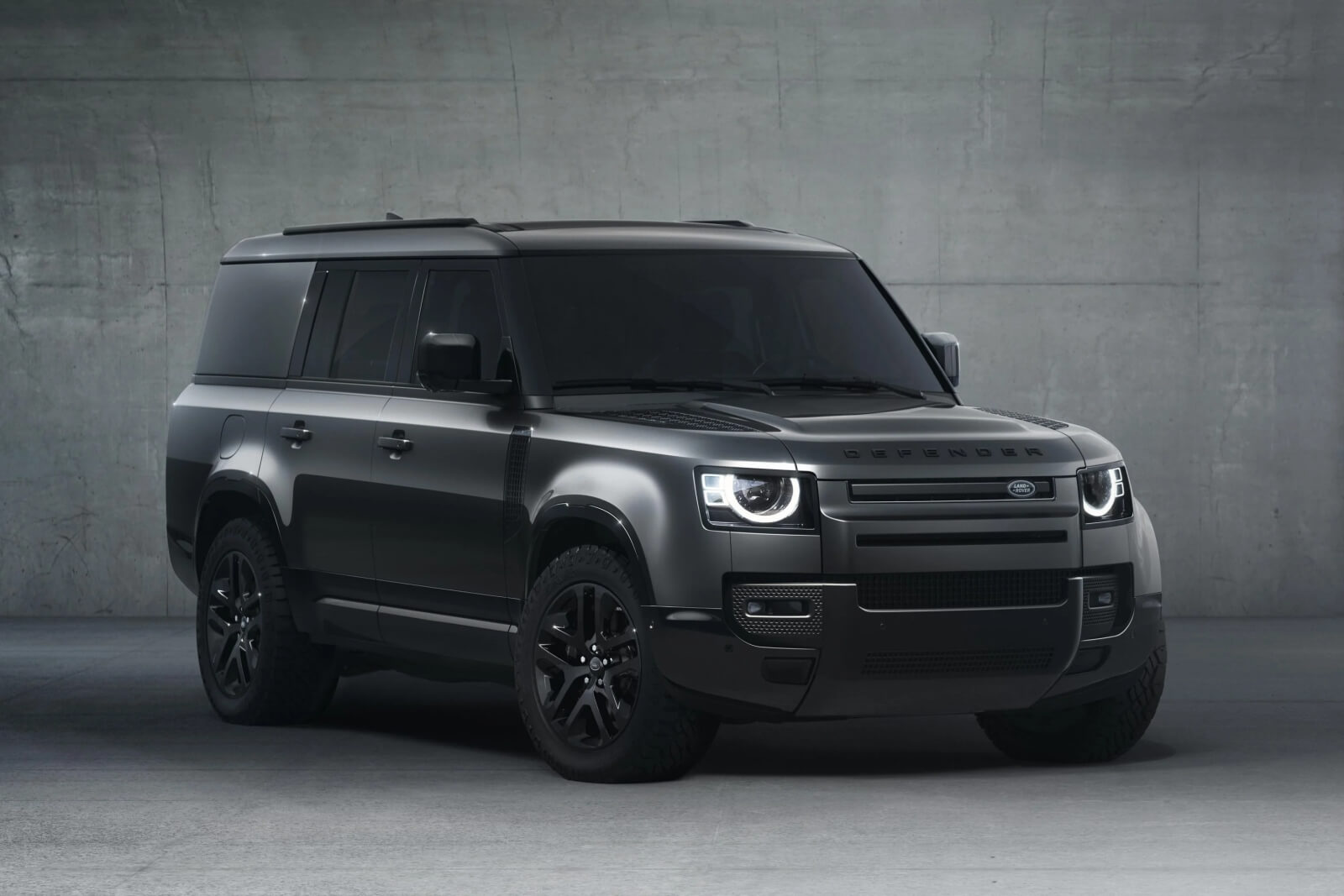The new E-Class debuts new technology, more hybrid powertrains and greater convenience for 2024
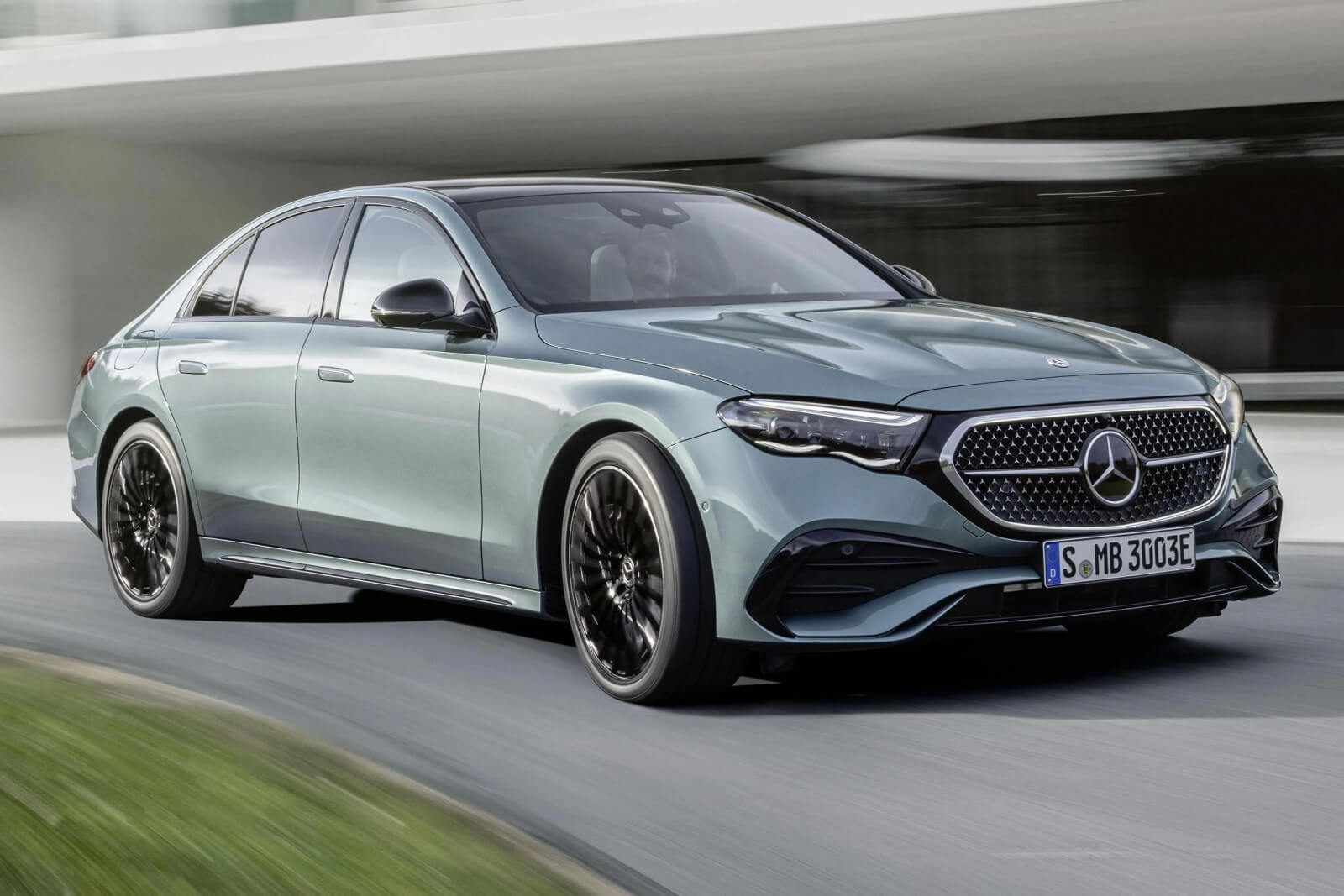
Mercedes-Benz has unveiled its sixth-generation E-Class, showcasing a more contemporary take on the traditional luxury sedan, due to hit European markets in Q3 2023 and Australian showrooms in 2024.
The new E-Class borrows design elements from its C-Class and S-Class counterparts, including flush-fitting door handles and tail light clusters that extend into the boot lid. Unique features include scalloped headlight units and an optional illuminated grille. The Mercedes-Benz star can also be seen replacing traditional grille slats on some variants, and appearing in the tail-light graphics.

The revamped model measures 4949mm long, 1880mm wide, 1468mm tall, and features a 2961mm wheelbase, making it longer and wider, with a longer wheelbase than its predecessor. It also maintains the same drag coefficient of 0.23.
The latest E-Class from Mercedes-Benz, launching with an array of powertrain options, offers both four- and six-cylinder petrol and diesel engines, all of which are complemented by a 48-volt mild-hybrid system. This system brings in an additional 15kW and 200Nm during intense acceleration, along with fuel-efficient engine-off coasting.
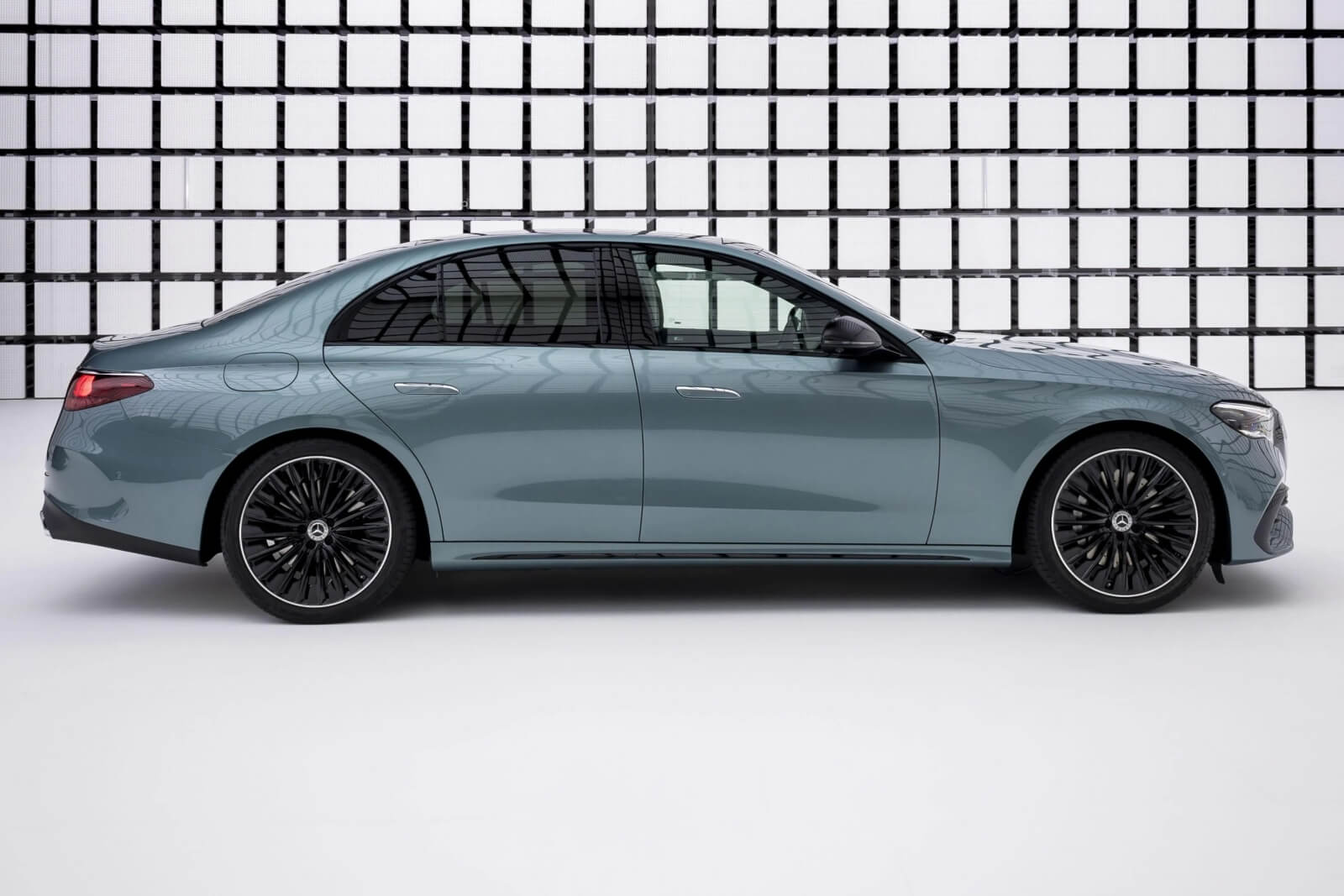
While the Australian market details are yet to be defined, there's a certainty that a line-up similar to the current E200, E350 petrol, E300e plug-in hybrid, and the high-performance AMG models will be available.
The E-Class kickstarts in Europe with two engine options: a 2.0-litre turbocharged four-cylinder petrol engine offering 150kW and a 2.2-litre four-cylinder, badged E220d, putting out 145kW. Soon after, there will be additional powertrain choices, like a 190kW turbo 2.0-litre petrol in the E350, a 280kW turbo 3.0-litre six-cylinder in the E450, a 195kW turbo 2.0-litre four-cylinder diesel in the E300d, and a 275kW turbo 3.0-litre six-cylinder diesel in the E450d. Each engine is paired with a nine-speed automatic gearbox, with selected models boasting steering wheel-mounted shift paddles. The base models come with rear-wheel drive, with optional 4Matic all-wheel drive available for the E220d and E300e.

In line with their commitment to electrification, Mercedes-Benz is introducing three petrol-electric plug-in hybrid models for the European market. The E300e is rear-wheel drive, while the E300e 4Matic and E400e 4Matic offer all-wheel drive. All these models are powered by a turbocharged 2.0-litre four-cylinder petrol engine combined with a 95kW electric motor. They deliver system outputs of 230kW for the E300e and E300e 4Matic, and 280kW for the E400e 4Matic.
Significantly improved, the plug-in hybrids now sport a larger 24.1kWh battery (an increase of 10.6kWh from the previous model), extending the electric driving range to between 111km and 118km as per the WLTP test cycle. Charging rates for the E300e and E400e have also been boosted, now reaching up to 11kW for AC charging and 55kW for DC charging.
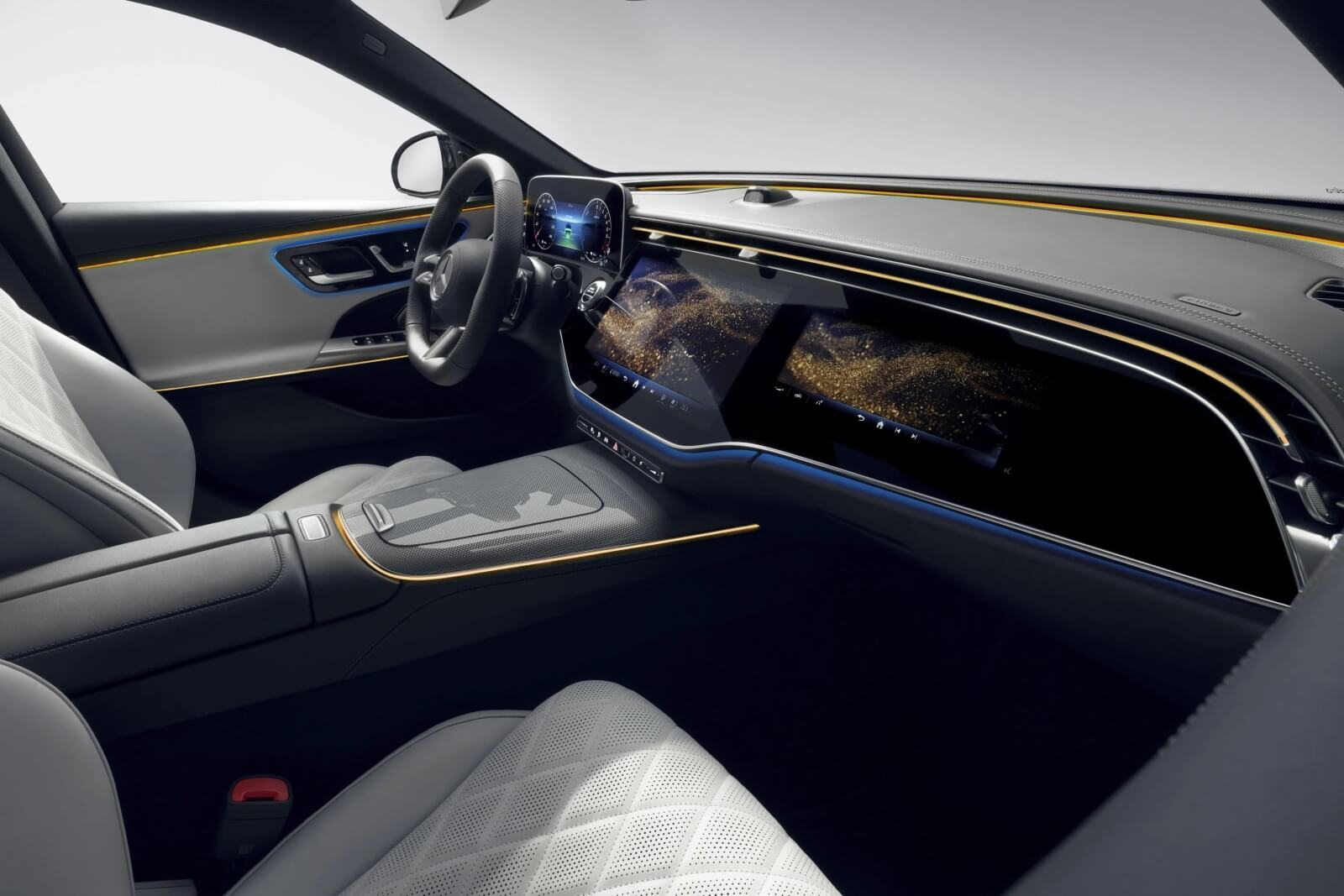
While details about the new AMG E-Class versions remain under wraps, the company has confirmed successors to the current E53 and E63 models.
The interiors include safety features such as an attention monitoring system that can stop the vehicle automatically, active cruise control, evasive steering assistance, and active blind spot monitoring. Furthermore, where legal, the E-Class can park itself automatically in parking structures with the required infrastructure. A new addition is an intersection function, which can apply the brakes if an oncoming vehicle is detected when turning across its path.

Mercedes-Benz's new MBUX Superscreen is featured in the dashboard, which can be enhanced by downloading apps to the system, including TikTok and Angry Birds. Moreover, a digital vehicle key can be stored on an iPhone or Apple Watch and shared with up to 16 people.
A new addition to the optional equipment list is a rear-wheel steering system, which can provide an angle of up to 4.5 degrees to reduce the turning circle by up to 0.9 metres – a feature available on the larger S-Class and EQS.

The steering setup also features a new variable ratio and more direct responses than before, while the braking system incorporates newly developed front and rear calipers with optional carbon-ceramic discs.
The next-generation Mercedes-Benz E-Class sedan is set to go on sale in Europe in the third quarter of 2023, with Australian deliveries slated for the first quarter of 2024. It is set to be joined by wagon and All-Terrain wagon body styles in Europe later in the year.

The all-new 2023 Mercedes-Benz E-Class promises to continue the brand's legacy of offering luxurious, high-tech and efficient vehicles, while pushing the boundaries of what's possible in the premium sedan segment. We can't wait to see it in showrooms.
